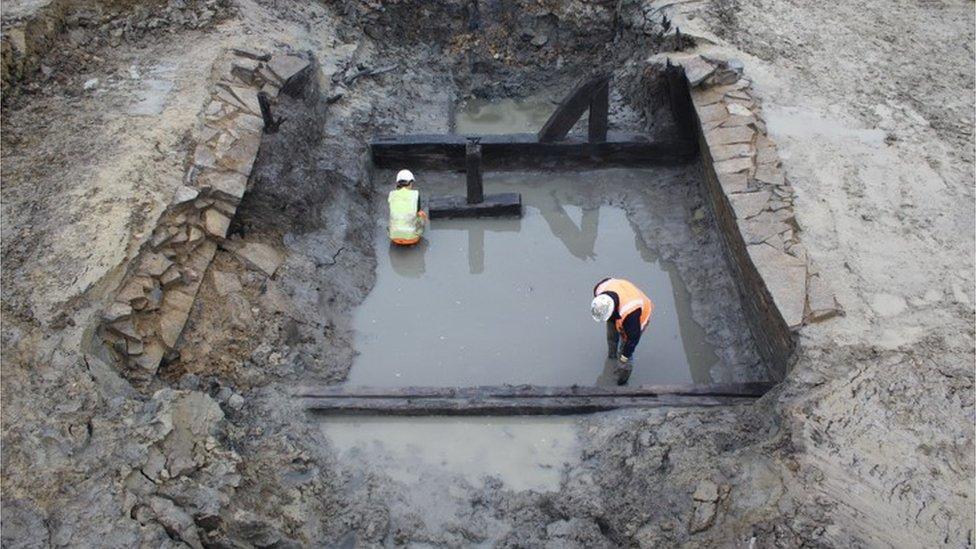Bodies unearthed at hospital archaeological dig
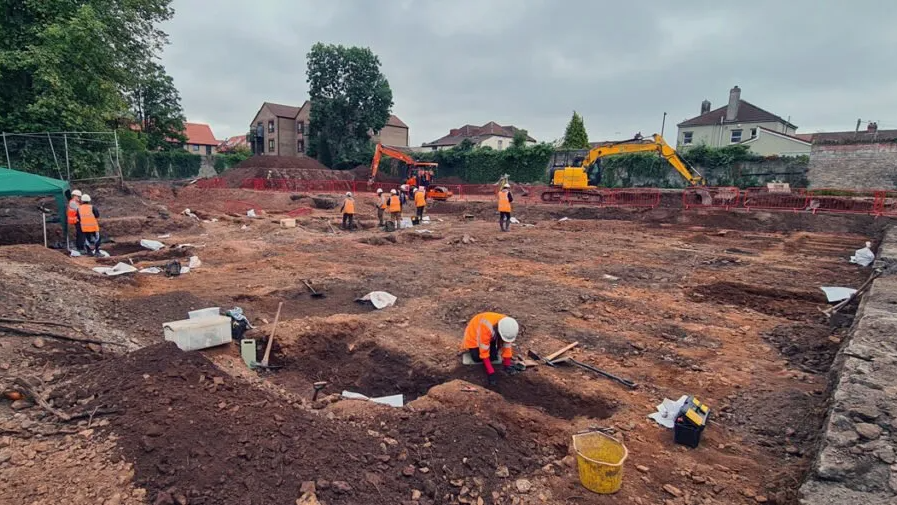
The bodies are believed to be from an old workhouse and prisoner of war camp that used to be on the site
- Published
The bodies of workhouse residents and prisoners of war were unearthed during an archaeological dig at the site of a former hospital.
The discoveries at the old Blackberry Hill Hospital site in Bristol were found by Cotswold Archaeology between 2018 and 2023, with post-excavation work still ongoing.
In the late 18th Century, a prisoner of war camp, Stapleton Prison, was built at the site which was later converted into Stapleton Workhouse in 1837.
Richard Leaman from the Diocese of Bristol said the removal and reinternment process had been carried out in a "reverential and lawful manner".
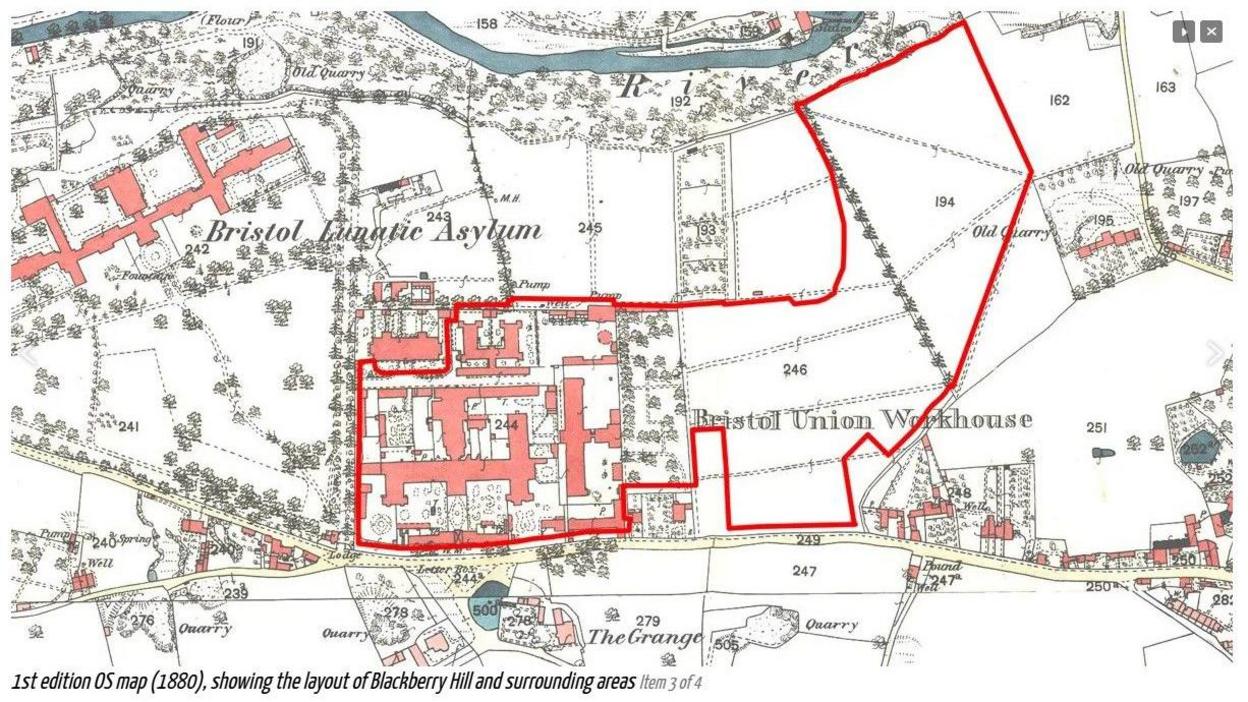
The site of an old mental health hospital also used to house an old workhouse and a prisoner of war building
According to Cotswold Archaeology, from 1780 until the end of the Napoleonic Wars, the prison, sometimes described as the world's first purpose-built prisoner of war camp, held many thousands of inmates, mainly sailors captured during Britain’s wars with France, Spain, Holland, and the United States, before it was converted into a workhouse.
"Scientific examination of the burials will aim to prove whether any of the burials encountered were those of prisoners, and potentially where those people came from," the group said.
"These findings provide rare insights into the lives of ordinary 19th Century Bristolians who faced hardship and ended up in the workhouse.
"This research will contribute to understanding of Bristol’s social and economic history."
Costwold Archaeology said the excavation of the graves was conducted in compliance with planning requirements, under a Burial Licence from the Ministry of Justice and a Faculty from the Diocese of Bristol.
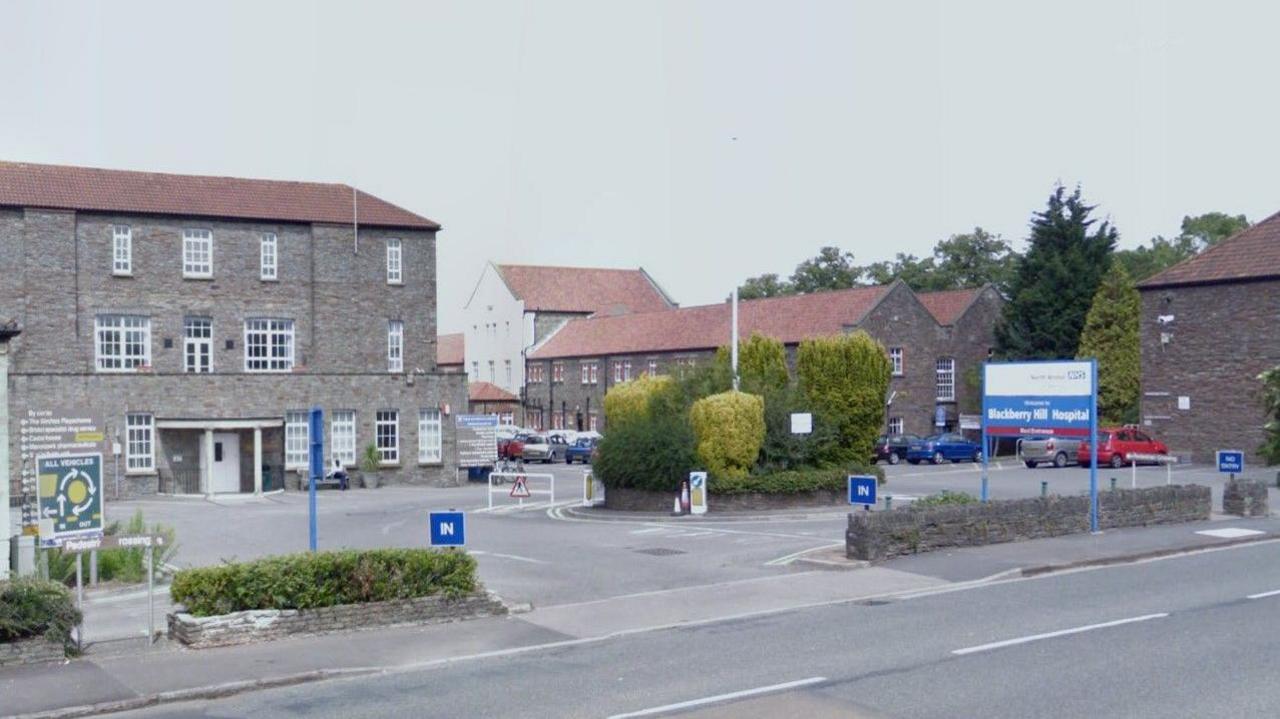
Blackberry Hill Hospital has since been redeveloped into housing, but the rest of the site still houses the old Glenside Hospital building and is part of a university campus
The majority of the human remains have been reinterred on-site, with additional sets currently undergoing study as part of the analysis phase of the project.
These will also be returned to the same location, accompanied by a memorial ceremony.
Mr Leaman said: “The removal and reinternment of human remains have been carried out in a reverential and lawful manner, with a marker to bear witness to the new gravesite.”
A full publication on the discovery is expected to be published in early 2026.
Get in touch
Tell us which stories we should cover in Bristol
Follow BBC Bristol on Facebook, external, X, external and Instagram, external. Send your story ideas to us on email or via WhatsApp on 0800 313 4630.
Related topics
- Published7 August 2024
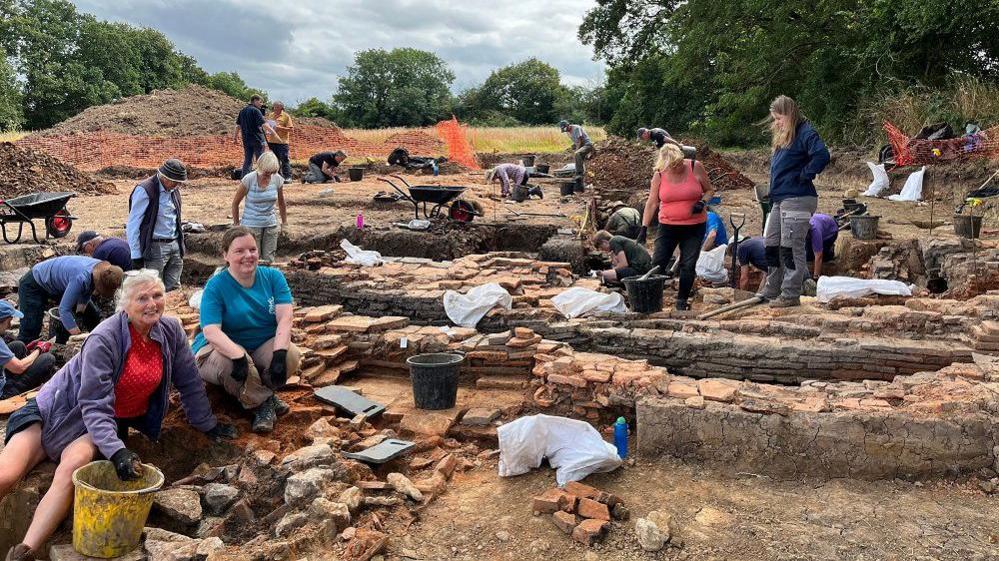
- Published20 May 2024

- Published10 March 2024
